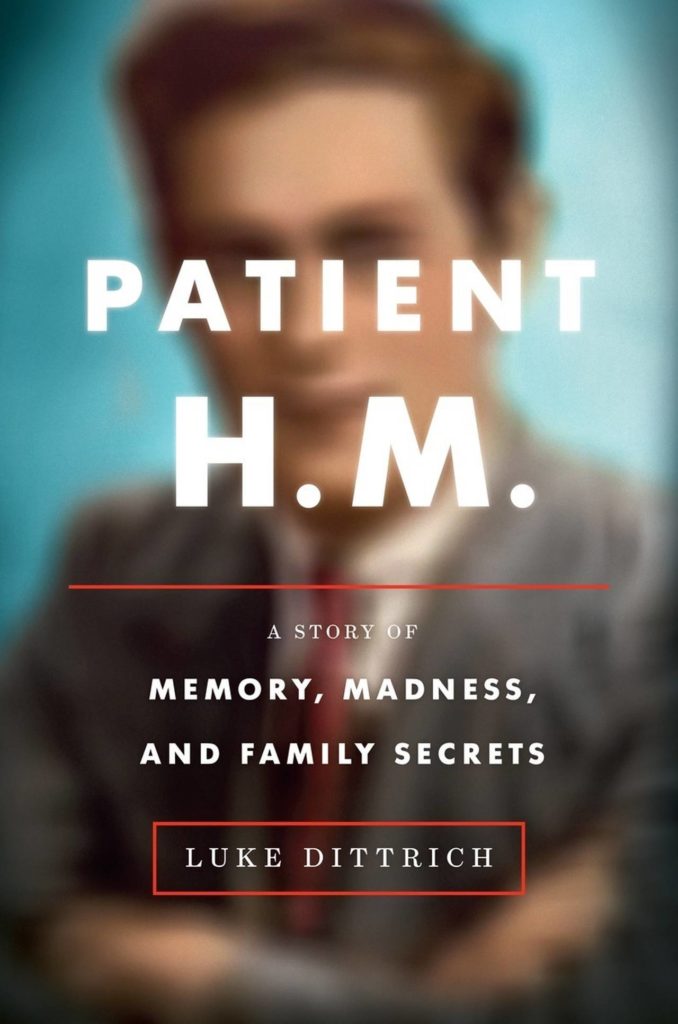
The human brain is endlessly fascinating. I am always interested in stories of insanity or strange mental abnormalities. There is still so much we don’t know or understand about how our mind, or the organ that contains it, works.
Henry Molaison was born in 1926. By the time he was a young man, he suffered from continual seizures. A bright person, he was unable to hold even a menial job due to his epilepsy that either caused him to go vacant and unresponsive (petit mal) or into full muscular contortion (grand mal) several times per day. He grew frustrated and as his parents aged they became worried they wouldn’t be able to take care of him.
Standing there in the operating room, looking down at the wet expanse of Henry’s skull, glimpsing his exposed brain through the two trephine holes, my grandfather could have admitted defeat, could have ended the operation. This would have been the safest move. There was no chance Henry would be improved by following that course of inaction, but there was also no chance he would be hurt by it. ~Pg. 213
Dittrich, the author, is the grandson of William Scoville, a famous psychosurgeon who was a proponent of lobotomies to treat illnesses. Scoville was a brash, brilliant man. An adrenaline junkie, he eventually became a premier lobotomist. Practicing in Connecticut hospitals, he eventually partnered with an asylum. Patients that were not being cured by other more typical means (hydrotherapy, shock treatment, heavy drugs) were offered up as lobotomy patients. Scoville became to practiced at the procedure we would sometimes perform four in a day.

Dittrich traces the story of Henry (later know as Patient H.M.) from childhood to present day. He also pulls from dusty family papers to tease out his own grandfather’s motivations. Through doctor’s notes, personal interviews and institutional records, he puts together a picture of Scoville’s rock star ego and H.M.’s literal lack of one.
Was Scoville truly acting as a doctor, putting his patients best interests first? Or did he merely use them as test subjects? Was Henry truly a willing participant? Did he have the capacity to consent?
The history of modern brain science has been particularly reliant on broken brains, and almost every significant step forward in our understanding of cerebral localization — that is, in discovering what functions rely on which parts of the brain — has relied on breakthroughs provided by the study of individuals who lacked some portion of their gray matter. ~ Pg 94
Just as fascinating are the neurological mysteries that Scoville and Henry tried to unlock. Because Henry didn’t have an underlying mental illness (only a physical one), his case was considered the cleanest example of postoperative lobotomy and recovery.
Thought Dittrich does go on occasional tangents, they were interesting and ultimately were connected to the main narrative and certainly added to the character of the story.
There is some exploration of technical neurological terms and ideas, but none of it was too dense to understand.
The last fifty pages or so deal with Henry’s legacy. At that point, the book’s tone changes from a sepia-tinged, expansive tale to modern long-form journalism. Dittrich places himself as grandson into the story and he loses the objectivity he managed to display through the rest of the book.
Dittrich balances medical information with human elements. It’s a daring thesis on medical ethics and the strength of individual identity.
My thanks to Random House for the review copy.
_______
By Luke Dittrich
Hardcover: 464 pages
Publisher: Random House; 1 edition (August 9, 2016)
Language: English
ISBN-10: 0812992733
ISBN-13: 978-0812992731
